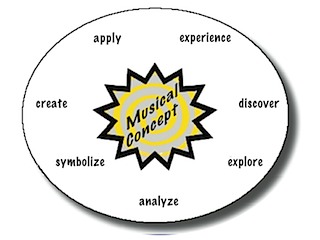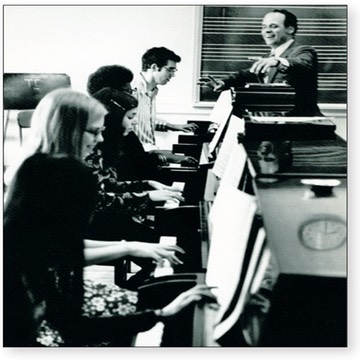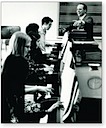 One of Robert Pace's greatest gifts as a teacher, was his ability to recognize and get others to look at, the virtually limitless potential for connecting one thing to the other. He saw how to integrate the teaching of repertoire with the teaching of theory, improvisation, technique, sightreading, multiple tonalities, and a musically sensitive performance.He found a way to coordinate the learning experiences of a diversity of students, teaching many at one time.
One of Robert Pace's greatest gifts as a teacher, was his ability to recognize and get others to look at, the virtually limitless potential for connecting one thing to the other. He saw how to integrate the teaching of repertoire with the teaching of theory, improvisation, technique, sightreading, multiple tonalities, and a musically sensitive performance.He found a way to coordinate the learning experiences of a diversity of students, teaching many at one time.
More than that, he perceived the possibilities for teaching students interactively with one another. He tied peer teaching with conceptual learning. And, along with his own ideas, he creatively adapted for piano teaching, the philosophies of Jerome Bruner, Howard Gardner, Abraham Maslow, and many other learning theorists, neurologists, and thinkers.
Each of these pedagogical insights could have stood alone as a significant chapter in the teaching of music. But he envisioned coordinating all of these elements so that they could be taught together as mutually reinforcing ingredients of musicianship. He called this amalgamation of peer teaching, conceptual learning, inter-related repertoire, technique, multiple tonalities, creative activities, theory, analysis, musicianship, and assorted educational philosophies “Comprehensive Musicianship.”
- Cynthia Pace -




